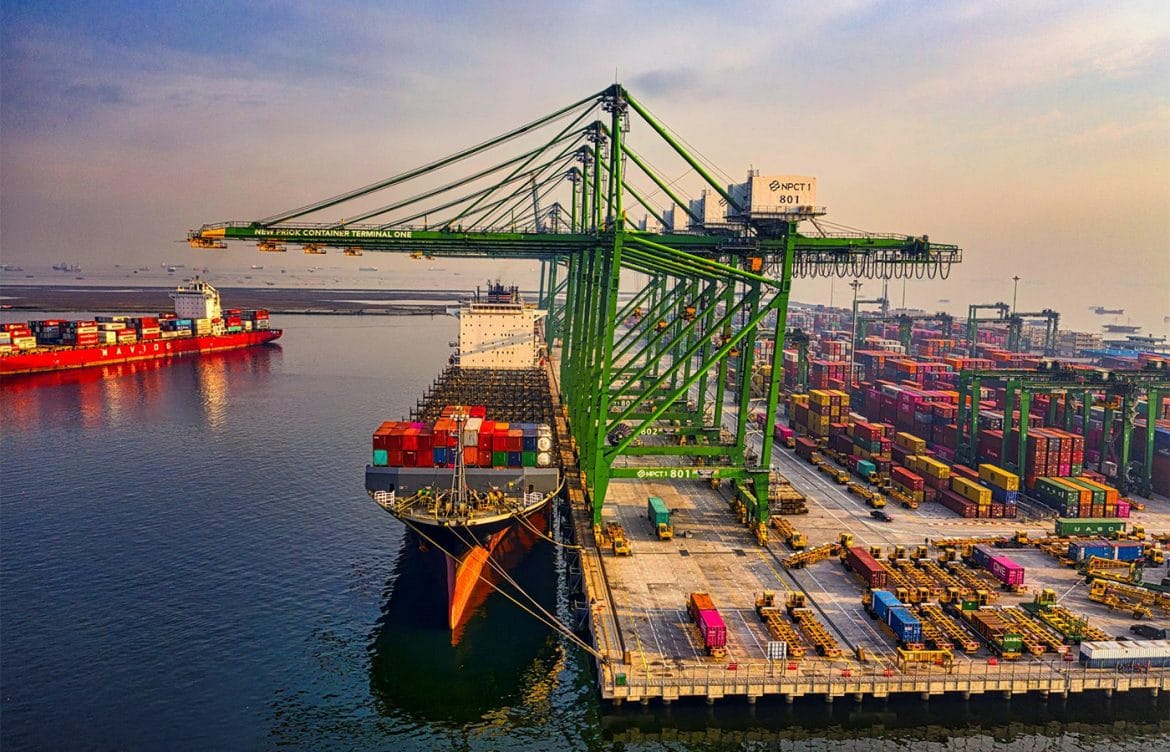
What is Cargo Overflow and Container Stripping
Cargo Overflow
“Cargo overflow” refers to a situation where warehouses or containers become overloaded and unable to accommodate additional goods. During peak periods, such as before major holidays (e.g., Christmas or Chinese New Year), there may be a surge in cargo volume, leading to congestion in warehouses or ships. This can result in delays, additional costs, or disruptions in the transportation schedule.
Causes of Cargo Overflow:
- High-demand seasons (e.g., holidays like Christmas, New Year, etc.)
- Disruptions or delays in the supply chain (e.g., bad weather, labor shortages at ports or shipping companies)
- Poor logistics planning or insufficient warehouse space
How to Avoid Cargo Overflow:
- Plan ahead and prepare sufficient warehouse space based on forecasted demand.
- Adjust shipping plans and book space early to ensure goods are shipped on time.
- Optimize supply chain processes to reduce unnecessary delays.
Container Dropping
“Container dropping” refers to a situation where containers are removed from the original shipping route or destination. After containers arrive at the port, if they cannot be unloaded on time, they are temporarily stored elsewhere or redirected. This usually occurs when there are delays in unloading at the destination port or when shipping companies decide to reroute the containers due to various reasons.
Causes of Container Dropping:
- Port congestion or delays in unloading cargo, preventing timely discharge.
- Shipping companies deciding not to deliver some containers to their original destinations due to reasons like port delays or rerouted ships.
- Customs clearance or documentation issues preventing the container from being unloaded on time.
Consequences of Container Dropping:
- Delayed delivery of goods, affecting customer receipt times.
- Additional costs for the owner or agent (e.g., rescheduling transportation, temporary storage fees).
- Disruption of the overall transport plan, requiring rerouting of the shipment.
How to Avoid Container Dropping:
- Coordinate customs clearance and documentation in advance to ensure smooth processing.
- Track shipment progress and maintain communication with shipping companies to avoid port delays or other disruptions.
- Prepare backup transportation plans in case of unexpected issues.
In summary, cargo overflow and container dropping highlight the importance of effective management of goods, warehouse space, and transportation schedules in international freight. Proper forecasting, planning, and timely communication are key to preventing these issues.
